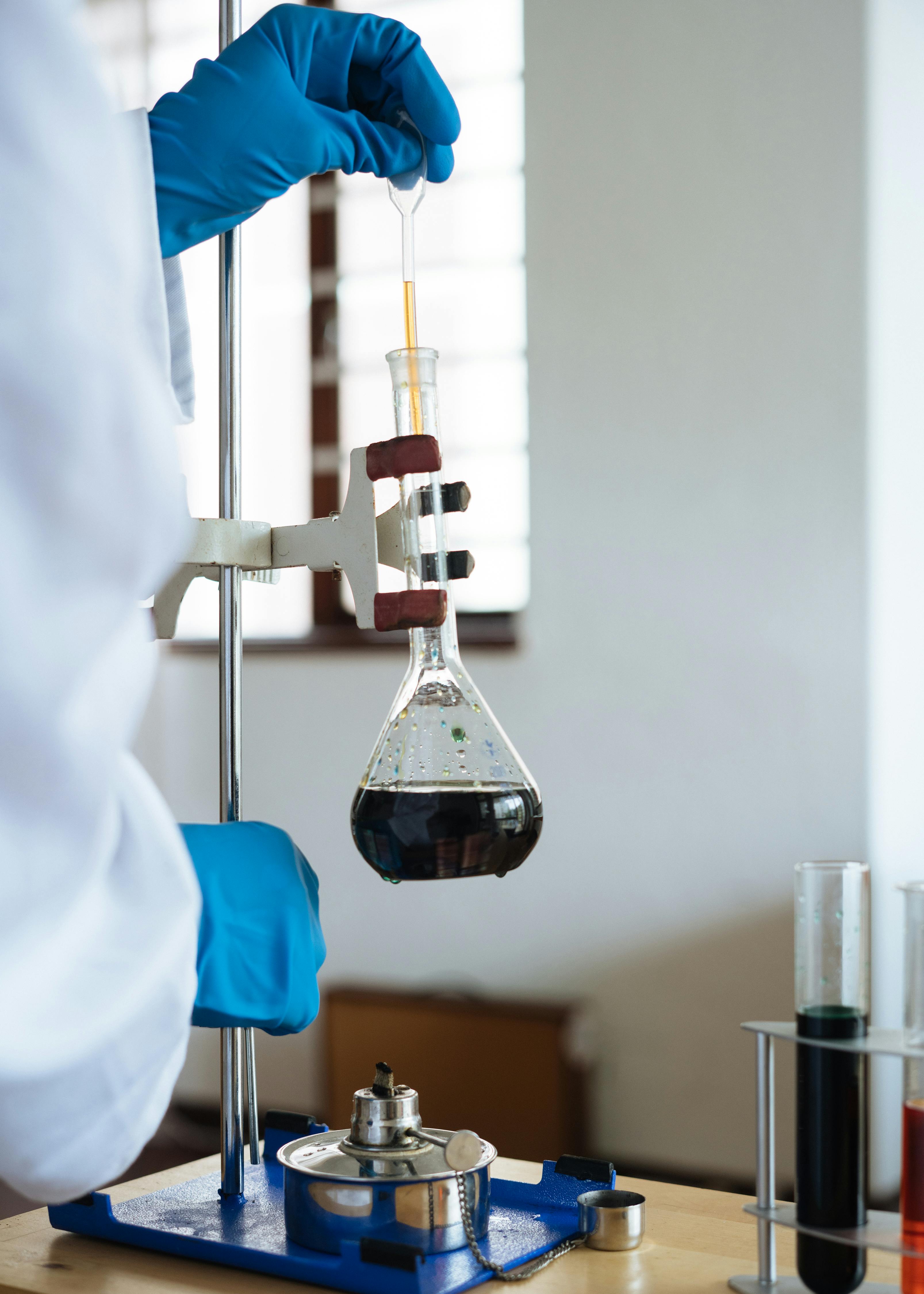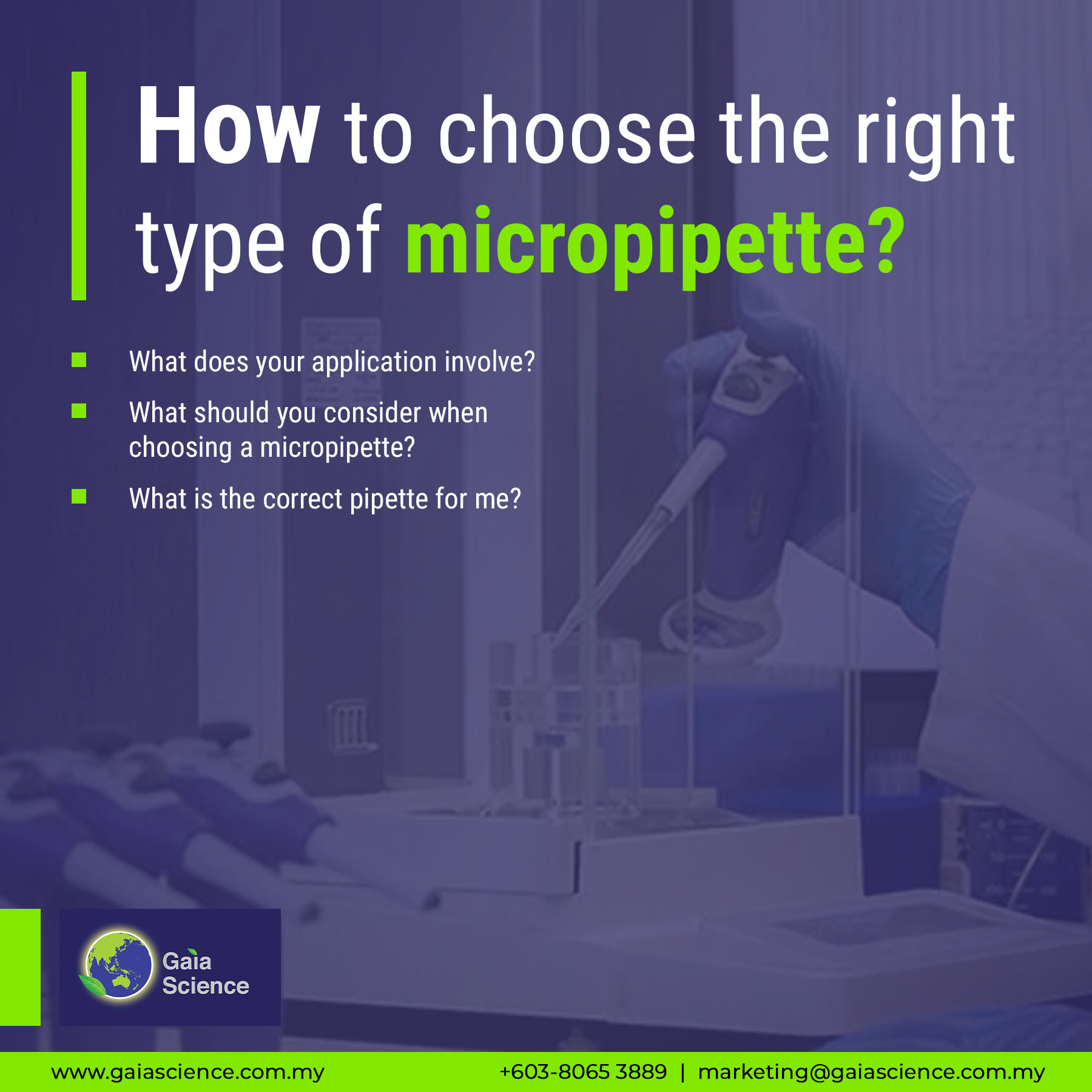News & Events - Details
How to choose the right type of micropipette?
22 April 2022Are you one of those lab professionals that spends numerous hours a day with a micropipette in hand? Or do you run a lab, and are frequently confronted with questions about how to improve pipetting efficiency or how to guarantee reliable results? If so, selecting the right pipette type could be key to the success of your work. It not only ensures the performance of your experiments, it can also boost your efficiency.
What does your application involve?
|
One of the most important elements of selecting the right pipette is analyzing the application and the type of process required. Not all pipettes are made equally. Depending on what type of samples you’ll be working with, you have a couple of choices – an air displacement, positive displacement, electronic, multichannel, controller, or transfer pipette.
|
 |
What should you consider when choosing a micropipette?
Across a variety of micropipettes, how do you know which is the best for your application? Never fear, that’s what we are here for.
In shopping for a new pipette, lots of performance features can be considered. Some of the top ones include:
- Accuracy. Accuracy is the ability of a measuring instrument to give responses to a true value. A pipette is accurate to the degree that the volume delivered is equal to the specified volume.
- Precision. Precision expresses the degree of reproducibility, or agreement between repeated measurements. If you perform multiple dispenses of a certain volume with a pipette, and it dispenses actual volumes very close to each other, the pipette is precise and your results are reproducible.
- Durability. Durable to withstand the harshest lab conditions and to minimize the lifetime maintenance costs. As one of the most frequently used tools in the lab, pipettes are often exposed to a wide range of corrosive chemicals, as well as normal wear and tear from repeated use.
What is the correct pipette for me?
Choosing the perfect pipette for you takes some work, as in you’re going to have to answer a couple of questions to get to the right one for you. To narrow down the choices, it is important that you take these factors into consideration before taking the leap and purchasing one.
- easy to operate with an ergonomic, lightweight design
- aspirate and dispense pipetting modes
- adjustable volume
- trusted brand and quality
- autoclavable
As mentioned above, ergonomics makes up a crucial part of any buying decision. Since pipetting is one of the most common tasks carried out in laboratories, and lab professionals often spend several hours pipetting each day. This can cause discomfort and, in more serious cases, even lead to hand or arm injuries. To avoid these potential risks, consider the following features when choosing a pipette:
- Weight: Use micropipettes that are lightweight and well-balanced, with the mass in the centre for better stability.
- Tip loading and ejection force: Tip loading and ejection often requires more force than pipetting, and presents a potential risk for injuries, especially in high throughput settings. Pipette tips should snap into place with minimal force, provide a secure connection, and eject just as easily.
- Volume adjustment: Adjusting the volume should be as comfortable and fast as possible, to avoid unnecessary strain on the hands.
- Grip design: The pipette should fit comfortably into the hand, of both left- and right-handed users.
|
|
At VistaLab Technologies, we take the science of ergonomics quite seriously. We spent years working with ergonomic experts to study the physiological dynamic of pipetting and the root causes behind injury. It was clear that simply decreasing button pressure or changing a grip wouldn’t make a pipette ergonomic – an entirely new type of device needed to be designed in order to truly minimize the risk factors so common with traditional pipettes. Read the full article HERE. |
The overall perspective
As this article shows, there’s a lot to consider. Even after going over the things at the top of most pipette lists, things will be missed. In order to select the right micropipettes for your experiment, you first have to list down every minute detail of the experiment you wish to perform. Once you have decided between an air displacement and a positive displacement micropipette, go through each of the subcategories listed above and systematically choose what exactly the best solution for your case is.
Here in Gaia Science, we know making the right choice of a pipette can be challenging. Since life is already hard enough, let us help you to make it easier. Our trained team of professionals is ready to help you through the selection process from start to finish. Reach out today to start the conversation. Call us at +603 8065 3889 today or send us a message at marketing@gaiascience.com.my. In the meantime, browse through our solutions for pipette HERE.


 SingaporeSG
SingaporeSG ChinaCN
ChinaCN MalaysiaMY
MalaysiaMY IndonesiaID
IndonesiaID MyanmarMM
MyanmarMM